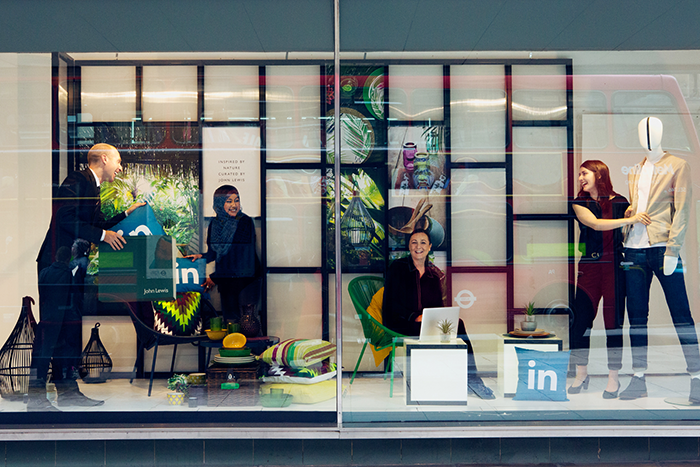
John Lewis – LinkedIn
Firms that want to attract top talent take a number of different approaches with varying levels of success, but now those that want some good examples to follow can look to the latest “Top Attractors” list published by professional networking platform LinkedIn.
Topping the list in the UK is high street retailer John Lewis, followed by Virgin Media in second and Harrods in third place. Google, which gets a lot of buzz for its work culture, only managed fourth, while PA Consulting Group took fifth place. The top ten spots were rounded out by ASOS, KPMG, Jaguar Land Rover, Amazon, and Burberry.
John Lewis claims that worker happiness is its ultimate purpose. Staff members are called partners, and they share the firm’s profits between themselves in the form of a yearly bonus. Some of the perks on offer include charity initiatives, employee development programs, and community activities such as kayaking and choirs.
The firm’s personnel director, Harriet Hounsell, said: “It’s a real honour to be named the most sought after employer in the UK. As a business that is owned by our Partners, attracting top talent to join us is integral to our success. It’s wonderful to know that potential new Partners are taking the time to interact with John Lewis on LinkedIn, a key platform for us, in order to get a sense for our brand.”
The list was compiled by analyzing billions of actions made by 20 million UK members. Some of the data used for the ranking included member engagement, new hire staying power, and company reach.
LinkedIn’s Top Attractors List showcases the value of its data
One of the reasons Microsoft wanted LinkedIn badly enough to shell out $26 billion for it is its incredible employment database – with 433 million members, it’s actually the world’s largest. This provides endless opportunities for helping businesses evolve and grow.
For example, recruiters and HR teams should take note of the fact that 78 percent of workers in the UK told LinkedIn that a poor corporate culture was unacceptable to the point that they would not consider working for their industry’s top firm because of it. This sentiment was particularly strong among female workers.
Workers are also increasingly seeking flexibility, with remote and flexible working being the top non-financial perk sought by 44 percent of those polled. In fact, 24 percent of professionals said they would give up a higher salary for increased flexibility.
However, salary does remain important for many professionals, with 49 percent of employees saying it’s an important factor when considering a job opportunity.





